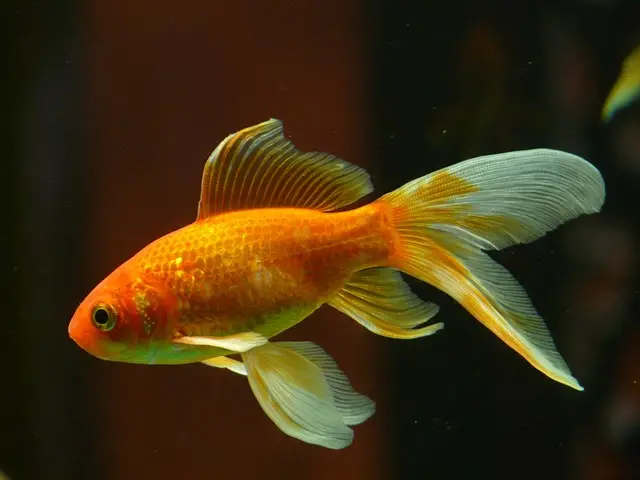Originally posted on October 29, 2022 @ 4:34 pm
Last Updated on 1 year by admin
Do Fish Tails Grow Back?
When fish suffer injuries, many people wonder, “Do fish tails grow back?” Some fish can regrow tails, but only if they’ve been severed close to the body. If the injury is done too far away from the body, however, the fish will die or have a poor blood supply, making regrowth unlikely. However, it is possible to grow the tail back in captivity if intensive care is given to the fish.
On this blog, I share a lot of information about the aquarium hobby and various fish species that I like.
Can a fish regrow its fins after being torn or nipped? Will the Tail or Fin of a Fish Grow Back?
The good news is that your fish can regrow its fins, even if you’ve torn or nipped it. The first step is to remove any ornaments, provide clean water, and feed your fish healthy food. Depending on the extent of damage, the process can take from a few days to a few months. If your fish has been in a dirty tank for a while, the process can take much longer.
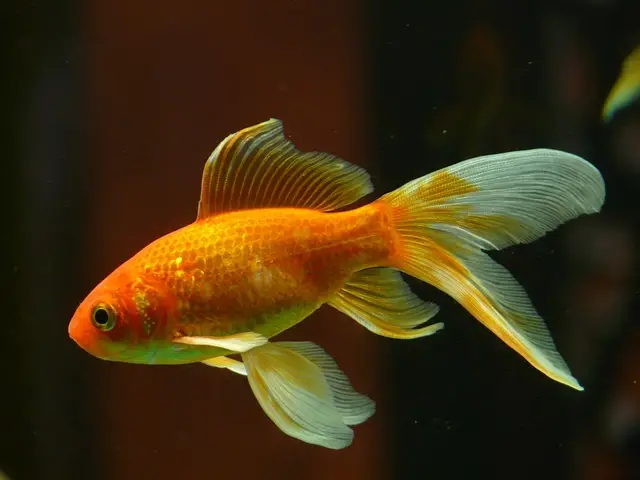
A damaged fin will look like it’s split or has a chunk missing. However, in most cases, the fish will not feel any pain. The damage can occur in a number of ways, such as a fight among fish, a sharp edge on aquarium decorations, or nipping another fish. The size of the nip will also affect the recovery time. The more close the nip is to the fish’s body, the longer it will take the fish to recover its fin.
Proper diet is crucial for a fish’s health and recovery. Clean water promotes the regrowth of fins. The right aquarium salt helps the healing process. You should also give your fish high-quality fish food. It will provide the nutrients and minerals your fish need to recover.
If your fish is suffering from fin rot, it is important to identify the source of the infection. If your fish has been exposed to dirty water, it may have contracted an infection. Fortunately, if you find the cause, fin rot can be treated. Once the infection is gone, your fish can regrow its fins.
Does a guppy’s tail grow back after being torn or nipped?
Guppies and other fish often suffer injuries to their fins and tails. Some of these injuries are permanent and cannot be repaired, but others can be repaired to some extent. If your guppies sustain only minor damages, their fins can heal quickly. The length of time it takes to completely heal depends on the amount of damage.
The best way to treat the damage is to treat the damage early. If left untreated, fin rot can spread rapidly and be deadly. In severe cases, euthanasia may be the only treatment option. However, minor injuries will heal within a few days if treated properly.
A guppie’s tail and fins are essential for movement. Without them, it is impossible for the fish to swim. Guppies’ fins are very delicate, with thin bone structures and skin arranged in a webbed pattern. This makes them vulnerable to infections, fin rot, and other traumas.
Damaged fins can be caused by a variety of sources, including other fish, ornaments, and sharp edges in aquarium plants. Fish can also sustain injuries during transport in aquarium nets. However, most fish recover from damaged fins within a few days.
Fortunately, most aquarium fish can regenerate fins and tails. They need the correct conditions to do this, such as clean water and clean food. Once the infection is gone, the damaged fin will grow back. However, this is not guaranteed, and you should monitor your fish closely for a few weeks.
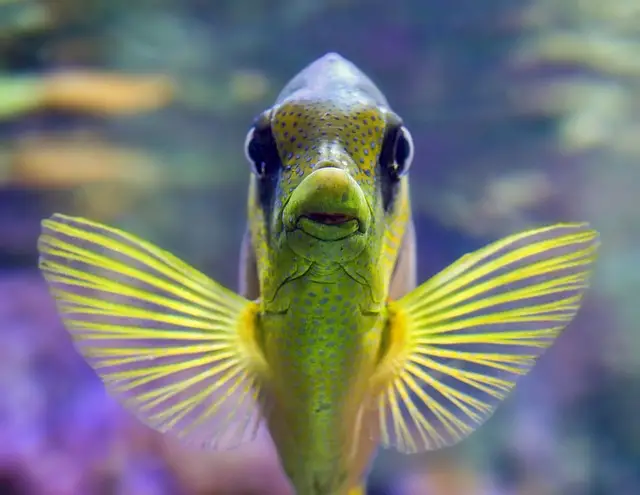
A fish’s fins are supported by muscle and are crucial for movement and swimming. They can also suffer from bacterial infections, which can also damage fins. If the damage is serious, it may require more aggressive treatment. Symptoms include a fuzzy edge or red streaking.
Is a goldfish able to regrow its fins after being infected with fin rot?
This infection affects the fins of goldfish. Symptoms include ragged edges, red streaks and slimy mucus on the fins. These signs may indicate a bacterial infection. A healthy goldfish is unlikely to become infected, but if your goldfish is under stress, it can become infected.
A common cause of goldfish fin rot is poor water quality. Goldfish’s immune system is lowered when the water is dirty or stressed. Providing optimal water conditions and performing regular water changes will protect your fish from this condition. You can also use a fin-rot-preventing slime coat protector to keep your goldfish’s slime coat healthy.
How fast do fish fins grow back?
When water conditions are excellent and when fish have lost their fin due to injury, they will grow up within 1-3 days to grow back. In normal fish, the fins are typically renewed in 3-6 weeks. However the situation can get worse with ill fish. It would take longer to treat the fish that are suffering. The fins will regain size after the sick animals are cured. The actual length of life of sick fish is not predictable as all diseases are distinctly different. Fish fins regrow when they have good health and as mentioned earlier, naturally. It’s possible to make things easier if you give them the correct care. We encourage fish spawning on multiple levels.
Provide clean water
The fish need clean water and safe water for their health and injury. Those living in dirty water may have ammonia/nitrate concentrations that inhibit the healing and regeneration of the skin and worsens its health. It is therefore important that fish have adequate water conditions in the surroundings to survive and thrive. If you do not, fish can die in any case, assuming the damage occurs. To increase fish fin re-growth, regularly clean the tank and remove all contaminants.
Treat the fins with antibiotics
Providing a safe, bacteria-free environment will accelerate your fish’s recovery after losing its fins. It is possible that you can use antibiotics in fish tanks. Take your medication if you want. Give the fish an antibiotic for ten days, then re-grow the fins. Depending upon the type of fish that is suspected of fungus rot, it may be required for the fish to receive the treatment API Fungus Cure.
Feed nutritious food
During the healing process, your fish will be able to take in healthy food after a disease. The fish has to stay well to heal the damage on the fin. Hence, you must ensure your fish has nutritionally-rich food each morning until the fish recovers their fins. These could take weeks. Also, it is important to provide them nutritious foods for many more months.
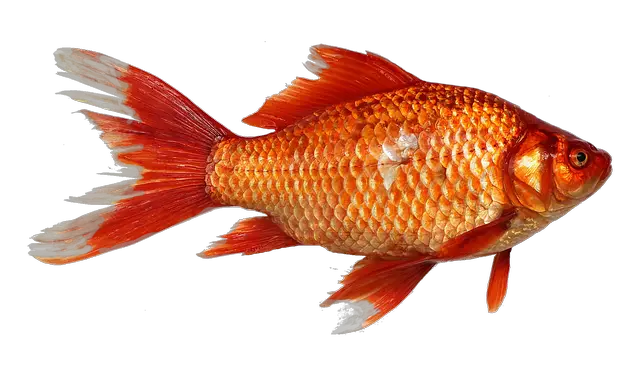
How long does it take for fish to recover from nipping?
Fish recovery from nipping mainly depends upon splitting fins. If it’s just one small nip then your fins should return to normal within a few minutes. During a fish’s life cycle fin recovery takes longer. ). It’s important to boost your immunity by eating good food and preventing infections which could be due to the nips. A healthy diet is needed for fish to be able withstand nutrient deficiencies. the more healthy a diet, the quicker it will recover.
What causes fin nipping and rot in aquariums (+Remedies)
Fish fight for food and often try marking a refuge for protection or hiding places, which can cause the tan of a mater. But when fin rot occurs, the most common causes are bacteria and fungal infections, which are caused by inadequate water conditions or by the transfer of healthy salmon to new, uninfected salmon. Hiding is a typical sign your fish fear a bully. Split fins and tails rot with ragged surfaces that can indicate fighting in an aquarium, and bacterial infections are a common sight.
Can fish swim without fins?
Many animals in aquariums have no skin. They have to be able to use a fin to swim. If the fish had all the fins, it wouldn’t survive since it was unable to move. In a wild environment, a lack of any fin can cause fish a problem because the fin provides stability. Failure in both strength and direction could result in starvation as the fish cannot eat their diet. Consequently many fish with no fins will never survive in wild life.
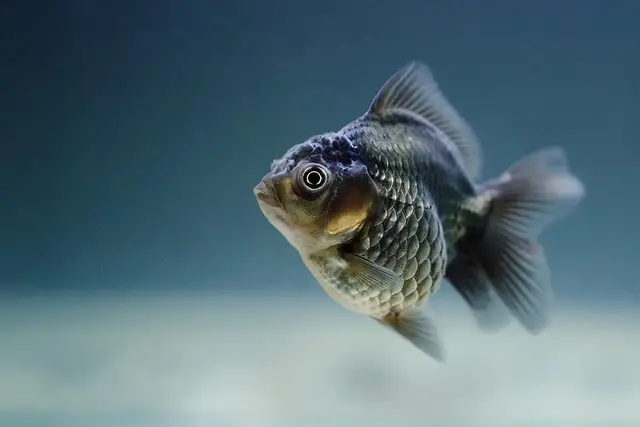
Causes of Injury
When fish fins are broken there is usually physical damage that can be done to the fin. The evidence can be sourced from several different angles. Aggressive behavior by other fish causes torn fins. This might be fighting against fish or even catching small fish such as barbs. Fish can harm fins of aquarium decorations by cutting edges and with ridges in them. Some fish also get hurt on the way back from a boat. Aquaril.Net Net.
What causes aquarium fish fin loss?
Fins is one of the distinct parts on a sharks’ body but is fragile. The fins and tails are intricately arranged. Fins are carved into bones covered in skin and its skin is beautifully decorated. It is possible that a fish will have damaged fins due to faulty fins. It is important for a woman to understand what caused the fins to be damaged. What are reasons for loss of fins in aquaculture?
Fighting
Fish get territorial by taking the bite from their own limbs. There are not often fast flies who attack one another and harass one another. Aquariums sometimes fight each other. Fish fights are often caused by large fish tanks. Occasionally fish tanks are small so that fish fight for space. Several invasive fish compete to gain food. A fish bites the tails of another fish, and it makes them fuzzy, which needs healing. Some fish fight and attack their opponent in the smallest areas. During this battle the fin is damaged and the fish is injured. You need adequate food to keep fish from being forced to fight.
Many aggressive fish also compete for food. One fish might bite the other fish’s fins, and This makes the fins fuzzy and needs to be healed.
Finrot
Fin rot is one common illness that is created from Pseudomonas bacterial strains. The bacteria attack fish with weaker immune systems. In some instances, a bad water condition could lead to fin rotting. Do tanks get too cold? This can increase stress and weaken fish’s immunity mechanisms. Overcrowded water tanks may cause a reduction in the quality of water in the tank or cause finrot. One of the main causes of autoimmune disease is overfeeding. In addition, a parasitic disease may lead to fin rot. Fishing is susceptible to several health complications.
Fin Rot Fin rot’s a condition whereby bacteria attack a fish’s fin or tail.
Tail Biting
It is possible for your ewes to bite their tails too. This behavior can be caused by a variety of factors, which include stress, boredom and penitency. If you see a fish biting his tail then you can stop this happening immediately.
Tank Decorations
It is possible that a splintered fin could damage your tank’s surface. Your fish will be damaging their fin and securing the tanks decor if they get stuck inside. The spiky rough-edge stones can damage fish tails.
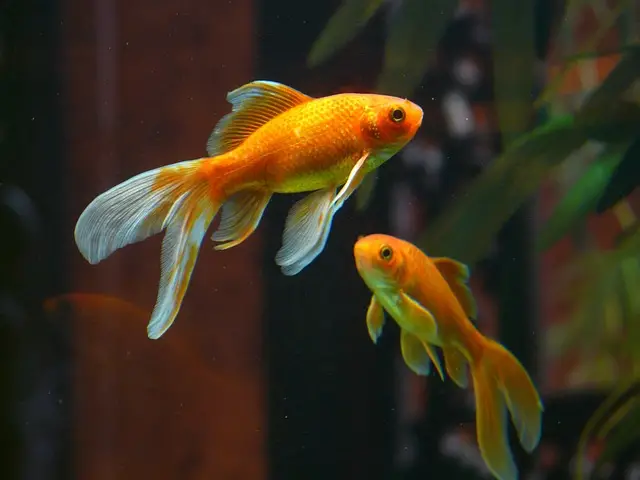
Infections
Infection may also damage fins… In the case of bacteria, fin usually has ragged edges and may be fuzzy edges. A red streak on your fish fin may also show a thin mucus on your fin. The bacteria which cause fin infections are typically opportunists and usually cannot contaminate healthy fish.
Provide ample space
Most fish fight when they do not have enough room for exploration. Overcrowding occurs primarily at beginners aquariums which can be a cause of conflict between aquarium owners. When the fish get plenty of room for swimming they get enough room to claim territory whilst bullies gain enough time to remain hidden. If you add space to your aquarium it will give your animal the opportunity for a calm environment that reduces damage like the lost tail. The way that you can get rid of aggressive fish is by buying a bigger fish tank and moving your fish into a different tank. When it comes to a fish, the second is the best choice.
Keep soft and smooth decorations and equipment clean
Typically the cause of your fish’s death is decoration of a fish with sharp edges. Those decorated tanks need to be removed quickly and replaced with smooth decorations and equipment immediately. When replacement cannot be achieved, use Sand Paper to rub the decorations and smooth the rough edges. You’ll also have more room for your fish to enjoy.
What is fin rot in fish?
Fin rot can also occur when fish have disease in their system. When fish get sick, their immunity decreases. Those fish become easily infiltrated by bacteria and fungal infections. Because the rot of fish’s fins is either caused by bacterial infections or fungal infections, sick animals are susceptible to rot. Once fish get infected with fins, they start destroying their tissues, starting at the ends of the fins. When left untreated, the fins rot completely damaging the base. Until then, the fish cannot take it out of the water. When fins begin to rot they can attack their bodies, destroying the fish and causing body rotting.
Physical damage
The common cause is physical damage to the fin. Fish are susceptible to various kinds of harm. Some include:
How long does it take fish to regrow fins and tails?
It’s largely dependent on hydration and diet. Fish that live under water can regrow their tails rapidly. In the dirty environment, fish are more likely to have to regrow their tails and fins. In addition, older fish can quickly re-graze their tails. Similarly, regrowth processes require immune responses from fish. A fish with a good immune system grows damaged fins quicker than a fish with no immune system.
Can fish survive without a broken tail?
It seems to be possible that the fish survive if the tail is damaged. Tails can appear with dramatic pain and sting but healthy fish can heal and regenerate their talons if given help.
The caudal fin is the tail fin and used for propulsion.
Final thoughts
Unlike other species, fishtail and fins are a gift which lets fish swim easily. Often the fins (incl. tails) are damaged in fish tanks by fishfighting, fish fight, or the disease fin-rot. It can occur from any of these causes. The fish will re-emerge and heal its tails. It may seem long, but the recovery process doesn’t feel painful. In a couple months you can watch a fish move about and develop their new fin a bit. If your fish’s tail is damaged, you must be cautious. You must offer clean water removal of ornamental items or provide nutrient-rich food for the growth process.

